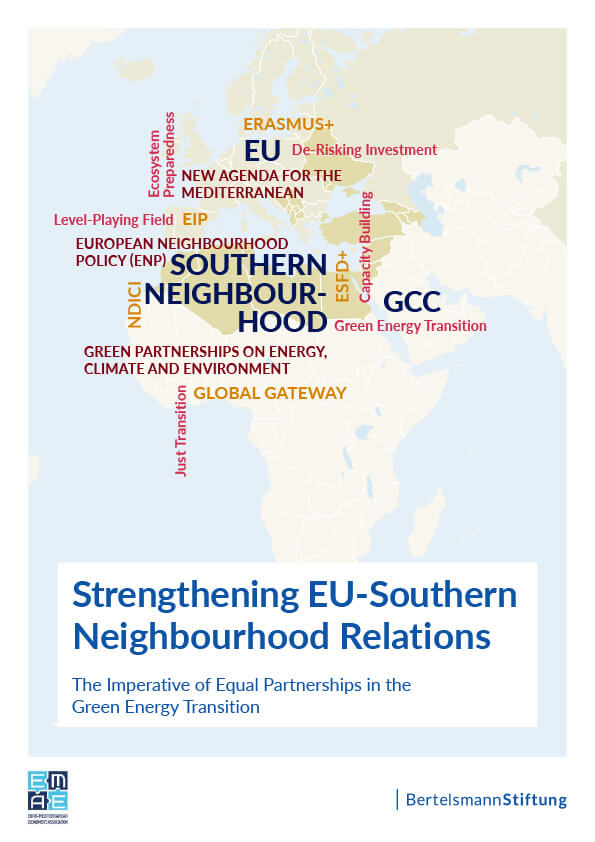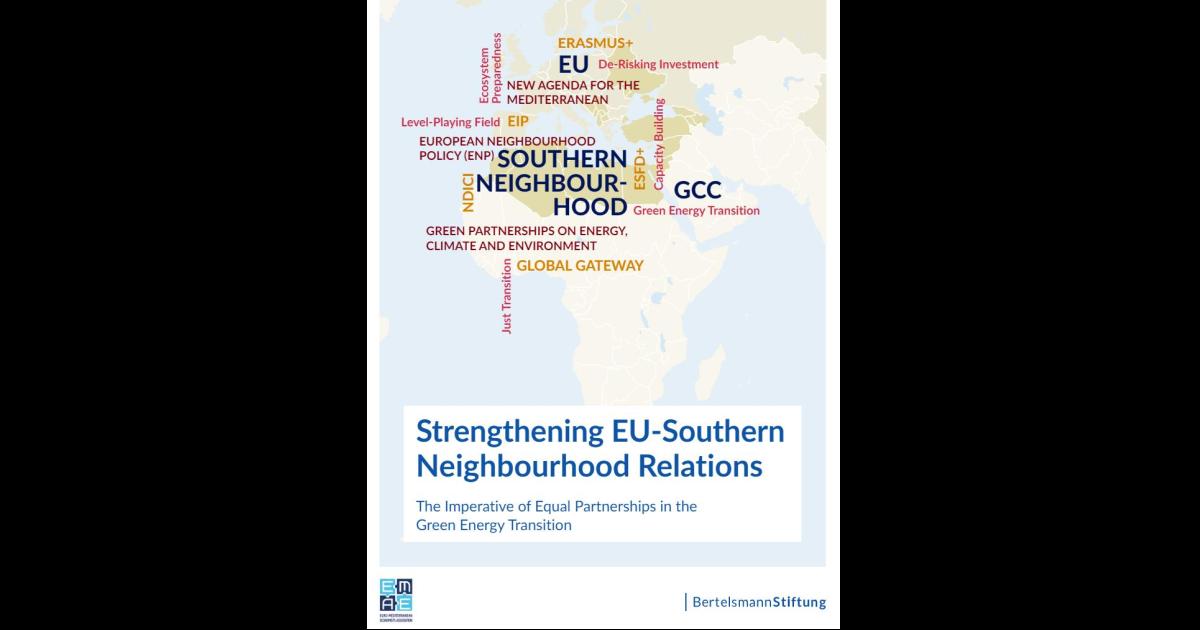The United Nations Conference on Trade and Development (UNCTAD) has released a damning report into the draining effects of “colossal levels” of public debt on global prosperity.
Whilst the permanent intergovernmental body recognised that Governments do productively use finance to fund expenditure in supporting their populations, it also described the situation across the developing world as “a heavy burden when public debt grows too much or too fast.”
UNCTAD said that two factors were largely responsible; firstly, the developmental impact of “cascading crises”, like the pandemic, rising living costs and climate change; and secondly, the inequality of international financial architecture that hampered affordable access to finance for developing nations.
Declaring that the weight of debt dragged down development, the UNCTAD report said: “Countries are facing the impossible choice of servicing their debt or serving their people. Today, 3.3 billion people live in countries that spend more on interest payments than on education or health. A world of debt disrupts prosperity for people and the planet. This must change.”
It referenced the United Nations road map, laid out in Our Common Agenda Policy Brief on Reforms to the International Financial Architecture and the SDG Stimulus, which focussed on the three areas of multilateral actions needed to address the global debt burden and achieve sustainable development.
- tackling the high cost of debt and rising risks of debt distress,
- massively scaling up affordable long-term financing for development, and
- expansion of contingency financing to countries in need.
UNCTAD said their collective implementation was “crucial to unleash the resources needed to build a more prosperous, inclusive, and sustainable world.”
Sharply accelerating and more widespread public debt
Sharply accelerating public debt – comprising general government domestic and external debt – had increased fourfold since 2000, according to calculations by the UN Global Crisis Response Group, based on the IMF World Economic Outlook of April 2023. This had clearly outpaced global GDP, which had tripled over the same period.
In 2022, debt levels had reached a record USD 92 trillion, with almost 30% of that figure being attributable to developing countries – three quarters of which was owed by China, India and Brazil.
Key takeaways from the Group’s analysis showed:
- The overall number of countries facing high debt levels rose significantly – from 22 in 2011 to 59 in 2022.
- Between 2010 and 2021, developing country total public debt soared from 35% of GDP to 60% in 2021.
- Government debt owed to foreign creditors increased from 19% of GDP to 29% of GDP in 2021.
- By 2021, the portion of external public debt owed to private creditors accounted for 62% of developing country total external public debt.
Meanwhile, developing countries were also found to be struggling to generate sufficient revenues to service their external debt obligations, with the share of external public debt to exports increasing from 71% in 2010, to 112% in 2021. And over the same period, as a share of exports, external public debt service nearly doubled from 3.9% to 7.4%.
In addition, high levels of public debt were said to have made developing countries more susceptible to external shocks. “When global financial conditions change or international investors become more risk-averse, borrowing costs can shoot up suddenly. Similarly, when a country’s currency devalues, debt payments in foreign currency can skyrocket, leaving less money for development spending,” UNCTAD observed.
Expensive credit and debt restructuring complexity
It was noted that increasing developing country reliance on public debt loans from private creditors – including bondholders, banks and other lenders – presented two challenges.
Firstly, borrowing privately on commercial terms was more expensive than concessional financing from multilateral and bilateral sources. Secondly, the growing complexity of the creditor base and delays in debt restructuring loaded the costs of debt crisis resolution.
On average, it cost African countries four times more to borrow money than the United States and eight times as much as Germany.
“High borrowing costs make it difficult for developing countries to fund important investments which, in turn, further undermines debt sustainability and progress towards sustainable development,” the report conveyed.
Prioritising available finance – on debt or people?
The cost of borrowing has become a widespread problem over the last decade amongst developing countries, with over half of nations setting aside more than 1.5% of GDP and 6.9% of government revenues for interest payments. In 2020, 55 nations – nearly twice the number recorded in 2010 – were devoting over 10% of public revenues to interest spending, with some now allocating more towards debt than their own people.
Aggregate interest rate spending for developing countries between 2010-12 and 2019-2021 stood at 60.4% – compared to Education (40.8%), Investment (41.1%) and Health (54.7%). Broken down regionally, this equated to:
- In Africa, the amount spent on interest payments was higher than spending on either education or health.
- Developing countries in Asia and Oceania (excluding China) allocated more funds to interest payments than to health.
- In Latin America and the Caribbean, developing countries devote more money to interest payments than to investment.
- Globally, rising debt burdens are preventing countries from investing in sustainable development.
The UN Global Crisis Response Group figures revealed that “an increasing number of countries find themselves trapped in a situation where both their development and their ability to manage debt is compromised.”
Their assessment continued: “In total, 48 countries are home to 3.3 billion people, whose lives are directly affected by underinvestment in education or health due to large interest payment burdens.”
To address global debt challenges and to achieve sustainable development, in the SDG Stimulus package and the Summit for the Future’s International Financial Architecture policy brief, the United Nations had outlined a clear way forward, summarised as:
- Making the system more inclusive.
- Tackling the high cost of debt and rising risk of debt distress and creating a debt workout mechanism.
- Providing greater liquidity in times of crisis, expanding contingency finance.
- More and better finance, massively scaling-up affordable long-term financing.
As for inequality – the concluding message was simple: This must change.





